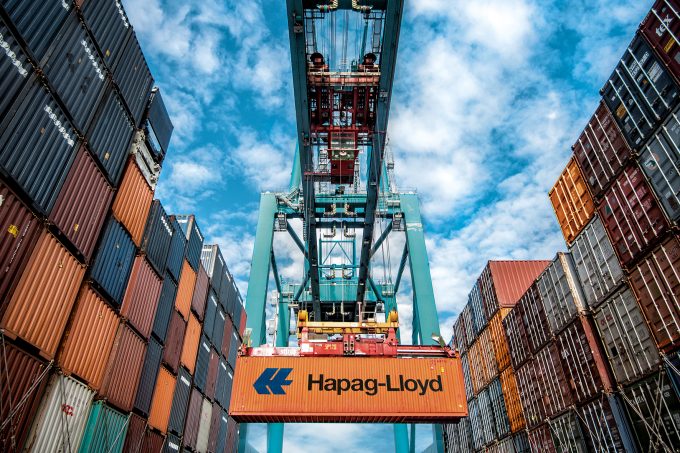OOCL Q2 25 update: more volume carried, but revenues decline
Cosco-owned OOCL today reported second-quarter volume and revenue figures which appear to show the Hong ...

With the second quarter now two-thirds done ocean carriers look to be heading for a second successive H1 loss, making a good peak season more essential than ever for the sustainability of the liner industry.
Last week CMA CGM completed the set of container lines that ...

Comment on this article
Gary Ferrulli
June 03, 2019 at 2:39 pmMany said the same of US Lines 4400 teu ships back in the 1980’s. And same
reports as vessels got bigger and bigger, all were criticized as being too this
or too that, infrastructures not capable etc. Yet here we are.
Hindsight may be 20/20, or it could have a blind spot.